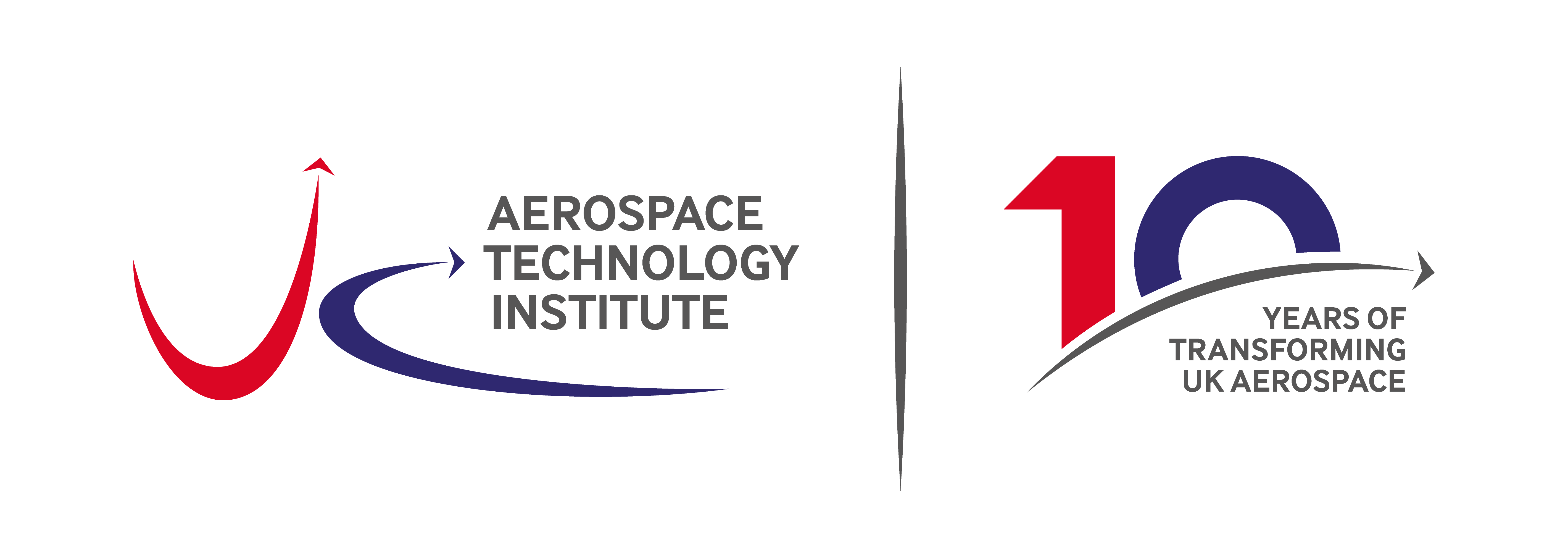A roadmap for aerospace aluminium shape casting
Following extensive consultation, the ATI has published a roadmap on aluminium shape casting in aerospace. The consultation attracted the participation of a broad range of organisations spanning aerospace end users, companies from across the full foundry value chain, research organisations and academia, trade organisations and companies from the automotive sector.
Aluminium castings, despite the design freedoms they afford, are significantly underutilised in today’s aircraft, particularly for aerostructures components. This is predominantly due to the variability of the casting process and the requirement for ‘casting factors’ to be applied, which penalises cast parts in terms of weight and performance. Shape casting, with its near net shape use of material and its inherent recyclability, has a role to play in the next generation of aircraft by evolving and optimising the process to improve the reliability and quality of cast components,
The ATI’s vision for the future of shape casting is an entirely digital, highly automated and fully robust process that doesn’t require casting factors. This vision, ‘digital liquid metal manufacturing’ (DLMM), will be synergistic with additive manufacturing processes for alloy development, mould manufacturing and component optimisation.
The publication of this roadmap is an opportunity to initiate the development of a national casting strategy, covering all industrial sectors. The ATI intends to engage further with industry to help realise this.
The ATI also encourages companies involved in aerospace shape casting to reach out and to discuss the potential for future R&D projects that will contribute to realising the vision of a DLMM process.
Acknowledgements
The consultation exercise and development of the roadmap was led by Dr John Forde of JF Advanced Technology Solutions. The ATI would also like to thank both Dr Mark Jones (Brunel University, BCAST) and Matthew Cawood (AMRC) for their key contributions in the development of the roadmap.


